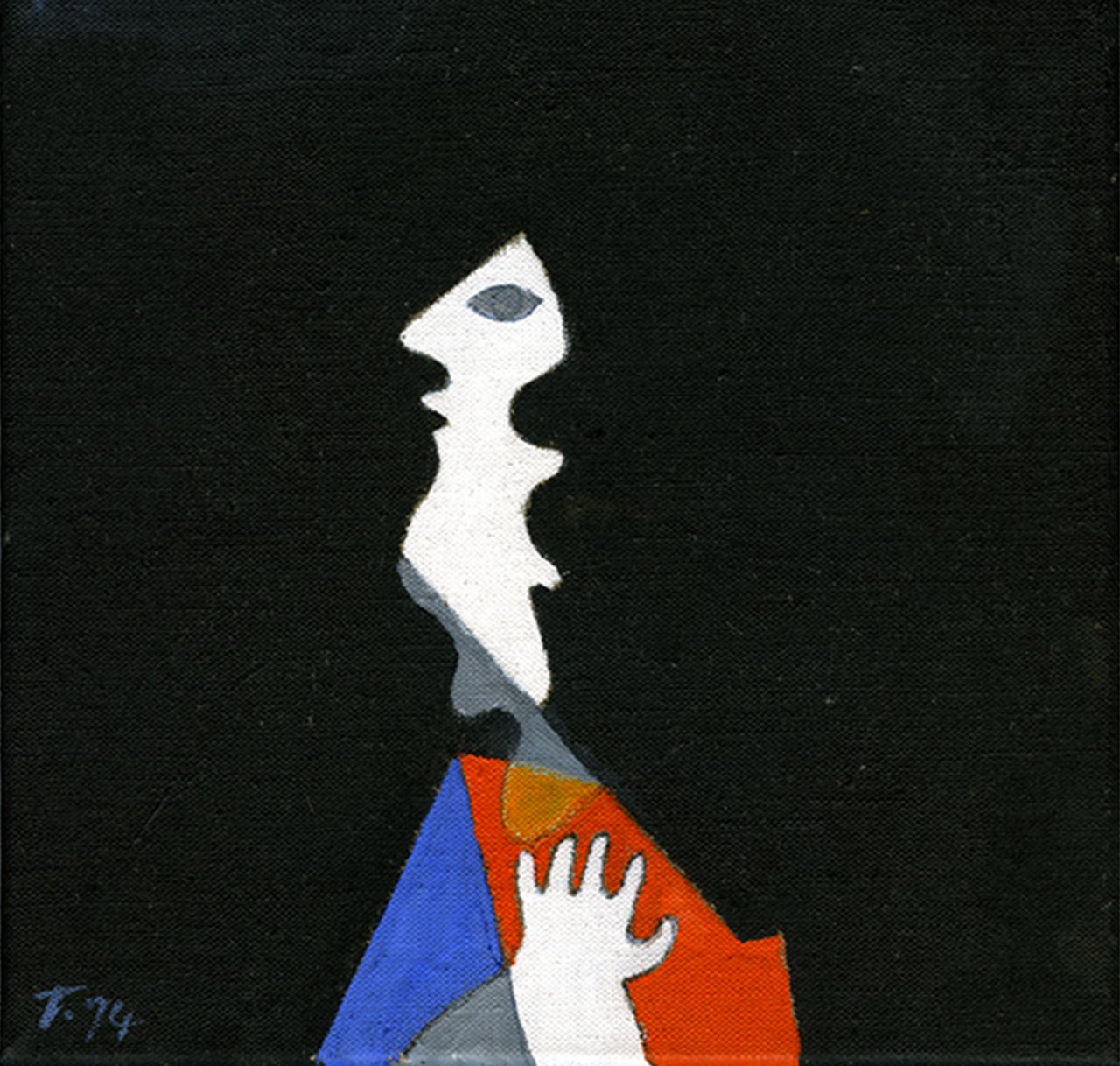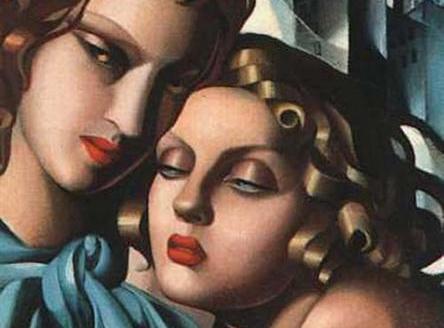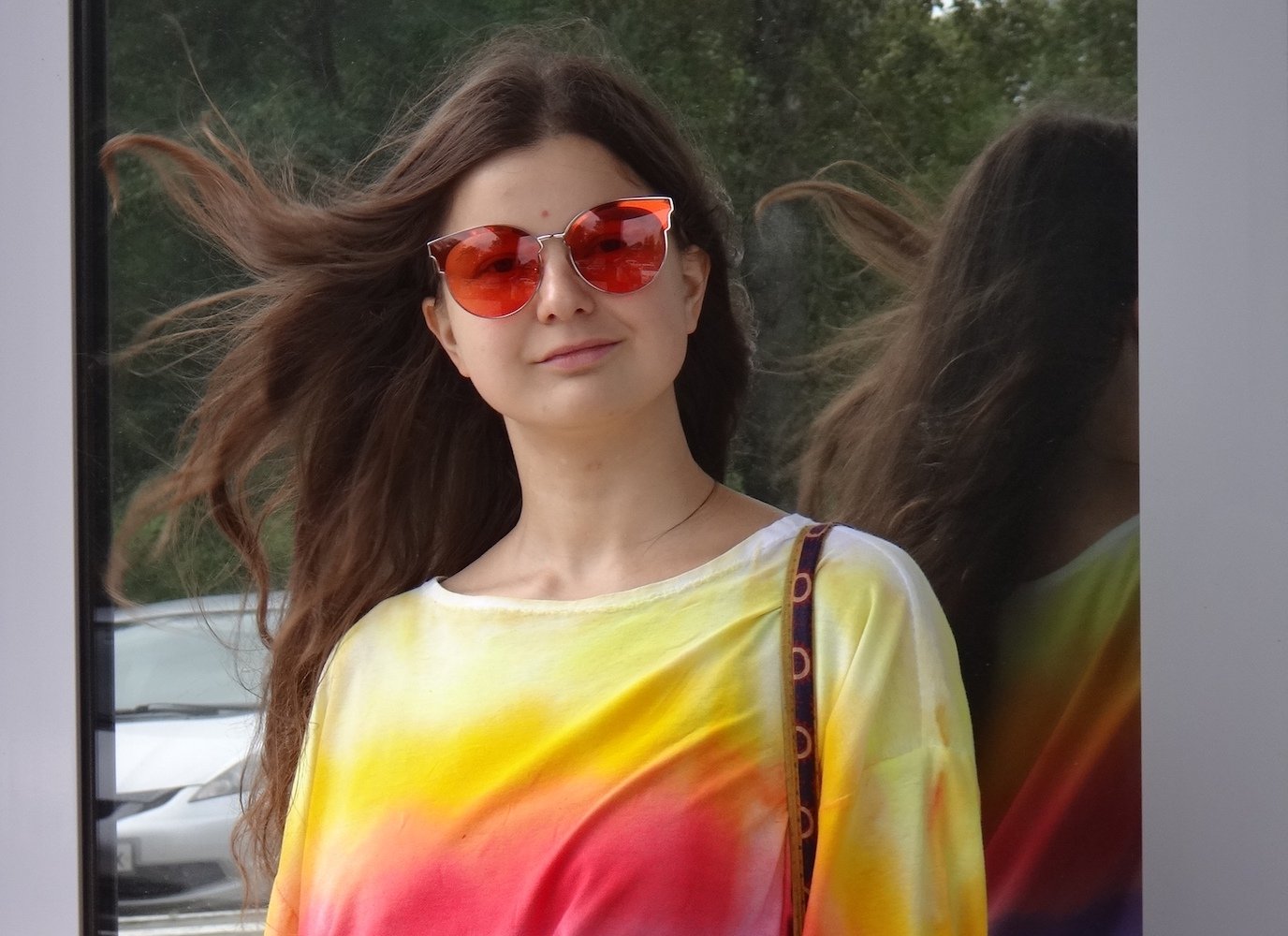From sketches to stage design, Franciszka Themerson’s improvised witty visuals knew no bounds

Franciszka was one half of the Themersons, an experimental husband-wife duo from Poland best known for co-founding the first avant-garde publishers in Britain, Gaberbocchus Press. But her own expansive career proves that even solo, Franciszka Themerson was a creative force to be reckoned with.
Franciszka Themerson was a truly interdisciplinary artist. Her creative career spanned over 50 years during which her imagination spread to everything she touched — from illustration and painting to book design, film, and theatre design. Franciszka and her husband, Stefan Themerson, were lifelong collaborators guided by improvisation and invention, challenging the boundaries of artistic disciplines as well as the traditional ways of approaching them. Once referred to as “great respecters of nonsense,” the couple believed that a lot could be learned for the realm of the absurd. While both artists experimented with various art forms, Franciszka was predominately a painter, illustrator, and designer, while Stefan focused on writing, penning novels, poetry, and children’s books. Their joint projects usually reflected a combination of their skills.
As her biographer, Nick Wadley, has said, Franciszka and Stefan “celebrated the destruction of boundaries between things” and worked with a “freedom from art’s -isms.” Franciszka and Stefan’s avant-garde approach to all of their endeavors left behind a large archive of sketches, books, notes, films, and letters between husband and wife — all of which share the Themersons’ distinctive blend of simplicity and quirkiness, a combination that at times belies their deeper questioning of the world around them.
Franciszka Themerson, Hands (1960)
Early Days
Franciszka Themerson was born on this day in Warsaw in 1907. Her family’s friends joked she was “born with a pencil in her hand.” The daughter of a painter, Jakub Weinles, Franciszka was encouraged to pursue art at a young age and was exhibiting her work as early as age 12. Franciszka studied at Warsaw’s Academy of Fine Arts, graduating with distinction in 1931. In the interbellum years, Polish cities including Warsaw were thriving culturally. The country’s recent independence in 1918, some 123 years after the Third Partition of Poland, saw the arrival of new theatres, galleries, conservatories, and film production companies. Polish people were freed from foreign influence and censorship.
It was while at the Academy and in this atmosphere of new artistic freedom that Franciszka met her future husband. The two artists influenced each other tremendously and collaborated for almost 60 years before they both passed away in 1988.
Collaboration with Stefan Themerson
While in Warsaw, the Themersons became known for their experimentation with film. In the late 1930s, the couple moved to Paris, where they mingled with other artists living in what was then the centre of the European avant-garde. When the Second World War broke out, they both volunteered for the Polish army. Franciszka was sent to London to work for the Polish Government in Exile as a cartographer and illustrator, while Stefan remained in France as a soldier.
During their two years of separation from 1940 to 1942, they wrote each other letters — often illustrated, in Franciszka’s case — that were never sent. They have since been collected in a book titled Unposted Letters. In many ways, the tome is representative of the Themersons’ interdisciplinary and collaborative art: sketches and poetic language produced by circumstance, but every bit motivated by their unending desire for creative partnership.
Franciszka Themerson, With drawing in mind (1978)
Gaberbocchus Press and Ubu Roi
The couple was reunited in London in 1942, where they would spend the rest of their lives and make an indelible mark on the avant-garde arts scene. In 1948, they founded Gaberbocchus Press, which came to be recognised as one of the most influential avant-garde presses in 1950s and 1960s Britain. Among others, Gaberbocchus Press published books by Anatol Stern, Kurt Schwitters, and Bertrand Russell. What made this press so unique was the Themersons’ approach to publishing books as if every element of the process should be a work of art, from the layouts and bindings to the illustrations and advertisements. The book layouts and illustrations — most often designed and drawn by Franciszka herself — were highly unconventional, often using unusual paper and blending text with image in unprecedented ways. Franciszka’s approach to illustration went beyond depicting what was written to truly interpreting the text, and translating its style and tone into image.
Franciszka Themerson, Père Ubu, Musing, arms behind his back, study for Ubu comic (1969)
By far the most successful book published by the Gaberbocchus Press was the first English translation of Alfred Jarry’s absurd and postmodernist play Ubu Roi, which was first performed in Paris in 1896. Ever since its first performance, the play had captivated Polish writers and artists because of its arbitrary setting in Poland, and the famous opening lines: “In Poland, that is to say, nowhere.”
Franciszka’s illustrations for the Gaberbocchus edition — which was published in 1951— covered the pages of the book completely, with illustrations sometimes covering the text, which was printed on bright yellow paper. In the same way that the play overturned dramatic conventions and theatrical norms, Franciszka’s drawings and design pushed the traditions of publishing. The character of Ubu Roi would continue to fascinate Franciszka long after the book’s publication: she spent years creating a comic strip of the main character’s adventures, further playing with the presentation of Jarry’s text. Franciszka would also design masks, puppets, costumes and set designs for the play, including for a 1952 reading at the ICA in London and a 1964 production at the Stockholm Marionetteatern.
Drawings and Paintings
Franciszka is probably most remembered for her uncanny ability to create complex images and tell stories through very few lines. In Hands (1960), Franciszka created a number of hands and heads, a number of bodies interacting with one another, using one single line. In Thinking Head (1963), a few lines overlap with each other to create a complex interaction of heads, arms, and hands emerging as if from one single body. In this work, Franciszka’s signature wittiness comes out: her image of a thinking head is one of many people conversing within a single mind. Similarly, in With Drawing in Mind (1978), Franciszka depicted a hand and pencil as a literal extension of the figure’s nose and head. Despite being simplistic at first glance, these whimsical and quirky drawings invite longer viewing and consideration than what immediately meets the eye.
Franciszka Themerson, [Traces] thinking head (1963)
Many of Franciszka’s paintings extend the signature style of her drawings to the canvas. In New Presence (1968), for example, the simple lines of two heads facing each other in profile is merged to create that of a third outlined figure, presumably a symbol of a baby or new life. In Gemmae (1963) and Neither Bird nor Angel (1974), Franciszka actually drew into the oil paint, almost as if sketching onto the canvas, creating textured surfaces that blend abstraction with figuration. Franciszka created her own term to describe these images: “bi-abstract pictures.” Explaining the term, she wrote, “One — an abstraction of this strange universe in which we find ourselves trapped, expressed by space arrangements, intersecting surfaces, geometrical shapes; and two — an abstraction of what we see and know about the human body, human emotions, human behaviour.”
Franciszka Themerson, Neither Bird nor Angel (1974)
In 1980, the late British art critic and historian Nick Wadley befriended Franciszka and spent much of his life getting to know her and her work. The results of this friendship are the first monograph of her work, designed by the Dutch graphic designer Piet Gerards and published last year. The book itself is a reflection of Franciszka’s legacy: it is not entirely linear, contains overlapping narratives, and is filled with not only her own images but her words, alongside those of Stefan and many others she inspired. It is a book worth reading for anyone interested in learning more about the life and mind of this master of the drawn line.
This article is part of our series Women, recollected, an ongoing project shining a light on the forgotten women pioneers of 20th century culture.

_thumbanil2.jpg)
